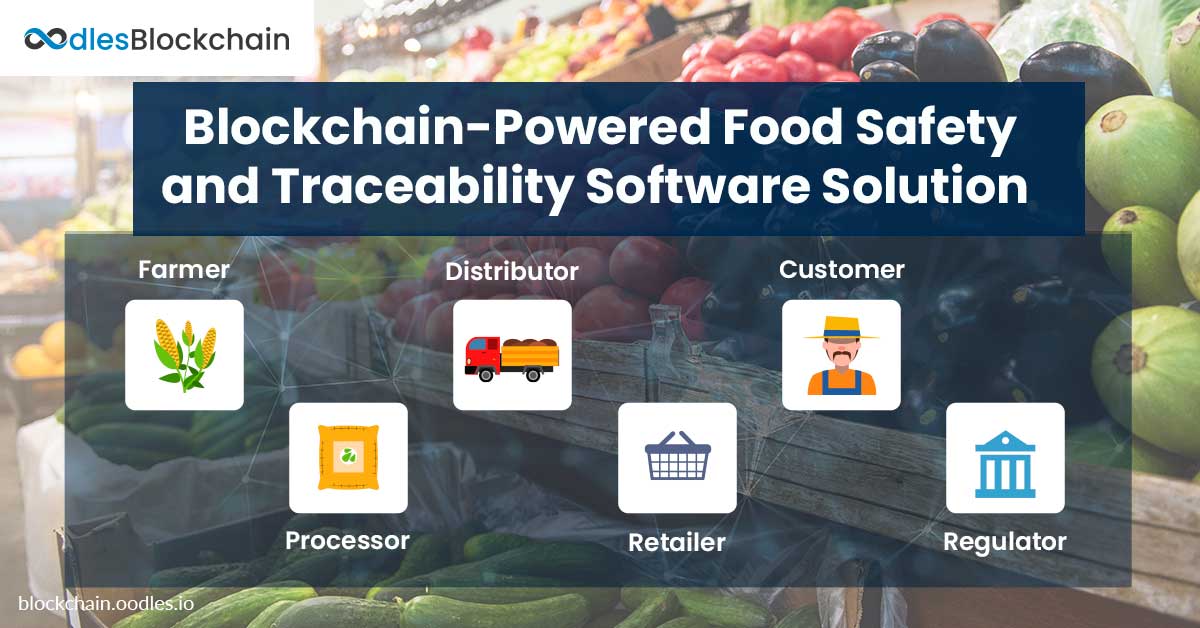
How can we apply blockchain solutions to the food supply chain for traceability? It was a technology developed for the financial sector and crypto-currencies. However, we can use it due to its potential to simplify the access to accurate data about the sources, manufacturing conditions, and delivery of a product through the supply chain. The food chain is one of the world’s most dynamic and fractured supply chains. Many businesses are exploring the ability to track and guarantee the provenance of a product while tracing under what conditions it was made. They believe blockchain supply chain development can be the most viable solution for achieving trustless traceability and transparency across the food supply chain.
Why is Food Traceability the Need of the Hour
The food supply chain may comprise an average of 10-15 intermediaries that are interdependent but often have low confidence among each other. It makes it hard for retailers and wholesalers to identify the origin of a manufactured and shipped product and track its end-to-end movement. Further, fragmented channels of communication usually occur between two actors at a time and in only one supply chain path. Also, the slow process of digitization and time-consuming administration impedes efficient communication.
Disparate data systems ensuring ineffective transparency in the supply chain minimizes corporations’ ability to influence progress, not only in manufacturing processes but also in fraud prevention. On top of this, the necessary data never reaches a user.
It is not easy to improve accountability in the food supply chain. It needs all players in the supply chain to have the will and cooperation.
Unfortunately, disputes are common, while solutions are expensive. Ensuring that requirements meet demands, it requires to follow up vendors. It is a time-consuming process due to collaboration being uncommon.
Can Blockchain be the Right Technology for the Solution
Blockchain is a distributed digital ledger-based network that can act as a decentralized food industry database. Its infrastructure enables blockchain-connected actors to access all data exchanged by all actors in the chain in real-time. This technology can also enhance the requisite trust between actors. Without network consensus, nobody can manipulate or retroactively alter the submitted data to the blockchain. Essentially, blockchain can make food safety, control of origin, and traceability processes dramatically simpler. Take a look at the following diagram to understand how products may move across the supply chain, with traceability and transparency
























